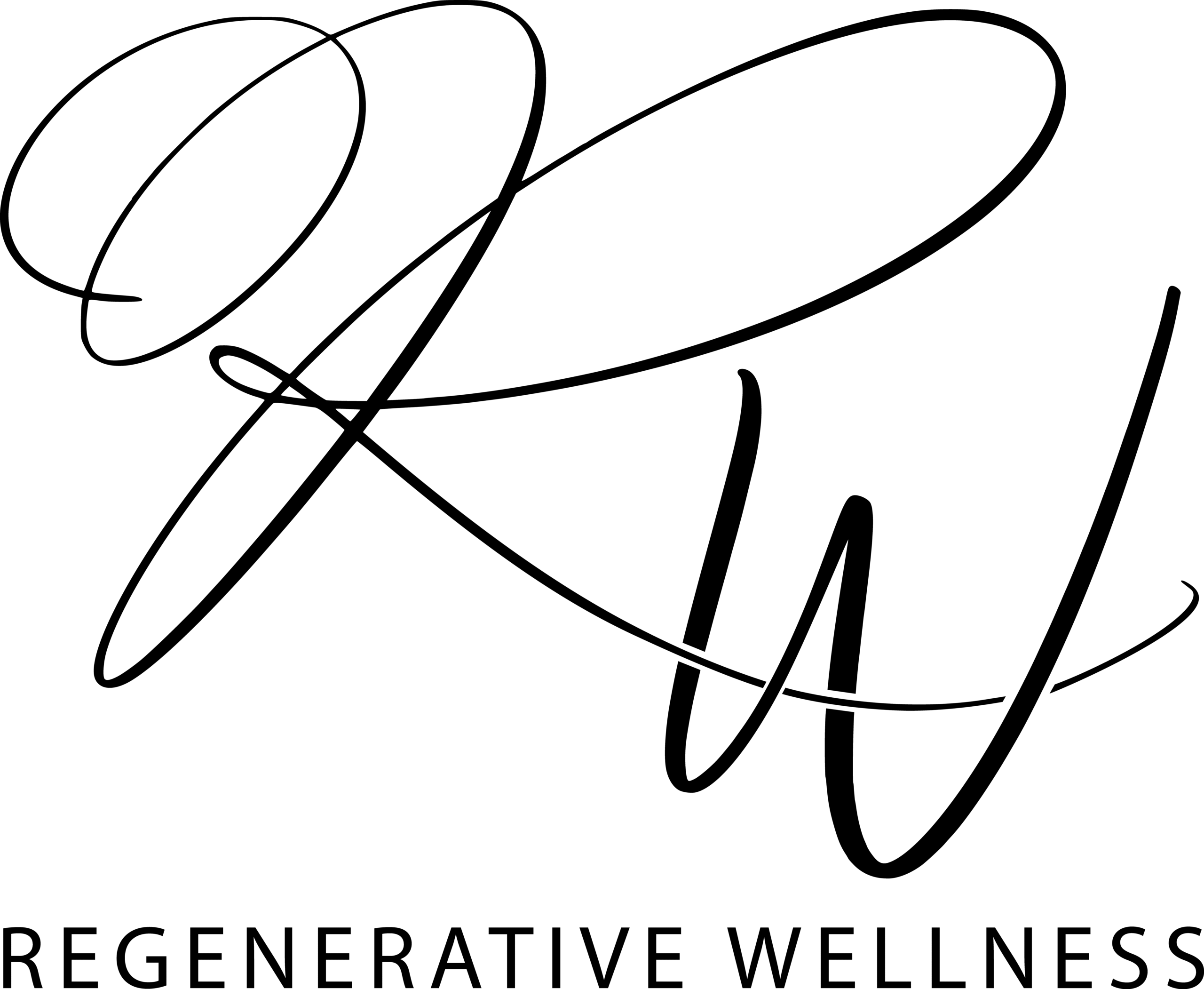Lanolin
What Is It?
Lanolin is a natural, waxy substance derived from sheep’s wool. It acts as an emollient, moisturiser, and skin protectant, making it a popular ingredient in skincare, lip balms, baby products, and hair care recipes. It closely resembles the skin’s natural oils and helps lock in moisture, soothe dry skin, and protect against harsh environmental conditions.
INCI (International Nomenclature of Cosmetic Ingredients)
Lanolin
Proper Storage & Shelf Life
Store in a cool, dry place away from direct sunlight. Keep in an airtight container to prevent oxidation. Shelf life: 2-3 years if stored properly.
Refined Or Unrefined
Refined Lanolin: Processed to remove impurities and allergens, making it safer for sensitive skin.
Unrefined Lanolin: More natural but may contain wool impurities and allergens.
Is It Necessary?
Not essential, but highly beneficial for deep hydration, skin repair, and barrier protection in skincare and hair care products.
Texture & Consistency
Thick, semi-solid, and waxy texture
Greasy feel but highly absorbent
Can be sticky at first but softens upon application
Natural Scent Profile
Unrefined lanolin smells heavy, oily, sort of musty. Refined lanolin doesn’t smell like anything!
Melting Point Approximation
36-42°C (97-108°F)
Solubility & Compatibility
Insoluble in water
Soluble in oils, waxes, and some alcohols
Benefits In Your Skincare
Deeply moisturises dry and cracked skin
Forms a protective barrier to lock in hydration
Soothes irritated and inflamed skin
Softens and conditions rough or chapped lips
Enhances the absorption of other active ingredients
Repairs damaged hair and reduces frizz
PH
pH of around 6.0 to 7.0, which is close to the skin’s natural pH, making it suitable for most skin types.
Absorbency Rate
Lanolin has a slower absorption rate due to its thick, waxy consistency. It forms a protective barrier on the skin, helping to lock in moisture but may feel heavier and more occlusive than lighter oils. It’s excellent for providing long-lasting hydration.
Recommended Usage Rate
Lip Balms & Healing Ointments: 5-20%
Lotions & Creams: 2-10%
Hair Conditioners & Masks: 1-5%
Baby Care Products: 5-15%
Healing Balms & Salves: 10-30%
Appearance
Golden yellow to pale yellow semi-solid wax (refined lanolin is lighter in colour).
Strengths
✅ Highly moisturising & skin-softening
✅ Forms a breathable protective barrier
✅ Natural & biocompatible (similar to human skin oils)
✅ Helps heal cracked skin & chapped lips
✅ Versatile for skincare, baby care, and hair products
Weaknesses
❌ Greasy & sticky texture (requires blending with lighter oils for smooth application)
❌ Potential allergen for people sensitive to wool
❌ Not vegan (animal-derived from sheep’s wool)
❌ Distinct scent that may require masking with essential oils
Alternative Ingredients/ Substitutions
Shea Butter: Rich and moisturising with a softer texture.
Beeswax: Helps create a protective barrier but is less hydrating.
Cocoa Butter: Provides moisture and a smooth texture.
Jojoba Oil: Mimics skin’s natural oils but is lighter than lanolin.
Best Practices
Warm gently to melt before mixing into your recipe.
Blend with lighter carrier oils (e.g., jojoba, almond, or argan oil) to reduce stickiness.
Use in small amounts in lotions to prevent excessive greasiness.
Combine with waxes and butters to create rich balms and salves.
Tips & Tricks
For extra dry skin: Mix lanolin with coconut oil and apply as a deep moisturiser.
For cracked heels & hands: Use pure lanolin overnight for intense hydration.
For long-lasting lip balm: Blend with beeswax and almond oil for a smooth, protective barrier.
For hair frizz control: Apply a tiny amount to the ends of dry hair.
Recommended Starter Amount
100g-250g
